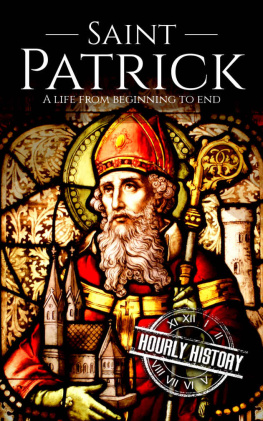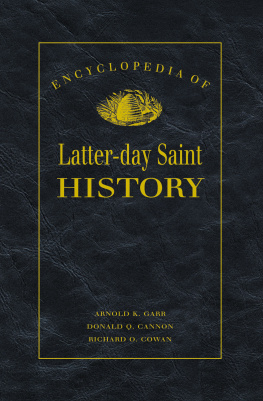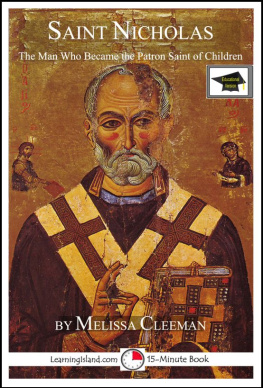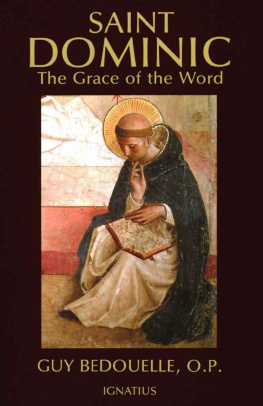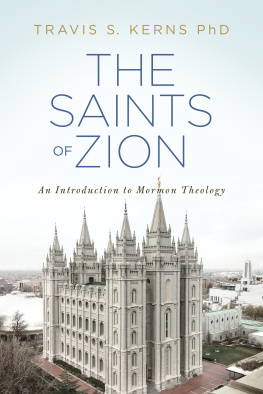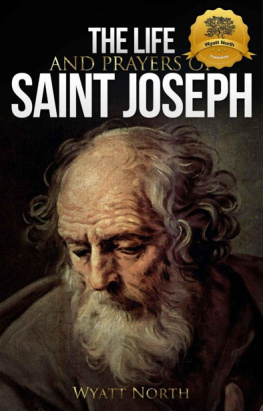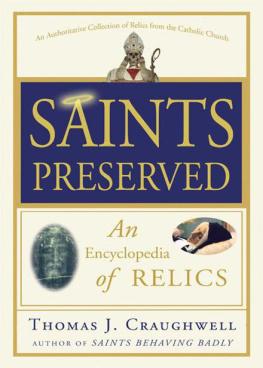SAINT ALOYSIUS GONZAGA, S.J.
Silas Henderson
SAINT ALOYSIUS
GONZAGA, S.J.
With an Undivided Heart
IGNATIUS PRESS SAN FRANCISCO
Unless otherwise noted, Scripture quotations (except those within citations) have been taken from the Revised Standard Version of the Holy Bible, Second Catholic Edition, 2006 by the Division of Christian Education of the National Council of the Churches of Christ in the United States of America.
Authors note: While respecting the integrity of the translations of the writings and letters of Saint Aloysius and others included in the earlier biographies of Cepari, Meschler, and Martindale, some minor changes were made to some of the texts to facilitate ease of reading by modern readers and to include translations of foreign-language texts. Adapted texts are acknowledged in the footnotes.
2017 by Ignatius Press, San Francisco
All rights reserved
ISBN 978-1-58617-938-0 (PB)
ISBN 978-1-68149-752-5 (EB)
Library of Congress 2015952370
Printed in the United States of America
This book is dedicated to my grandparents,
Harry and Marianne Henderson,
without whose support and guidance
I would never have discovered the
treasures of the Catholic Faith nor
Saint Aloysius nor all those saints who have
been my guides and inspiration for so many years .
Who shall ascend the hill of the Lord ?
And who shall stand in his holy place ?
He who has clean hands and a pure heart ,
who does not lift up his soul to what is false ,
and does not swear deceitfully .
He will receive blessing from the Lord ,
and vindication from the God of his salvation .
Such is the generation of those who seek him ,
who seek the face of the God of Jacob .
Psalm 24:3-6
CONTENTS
ACKNOWLEDGMENTS
No one ever truly accomplishes anything on his own. In the research and writing of this life of Saint Aloysius Gonzaga, I am indebted to many men and women who, over the years, have encouraged, challenged, and inspired me to keep working. In a particular way, I want to thank members of the Benedictine community at Saint Meinrad Archabbey, especially Father Harry Hagan, the late Father Cyprian Davis, Father Gavin Barnes, Father Christian Raab, and Brother Matthew Mattingly, for the interest they have shown in this project. I would also like to acknowledge the late Father Simeon Daly, O.S.B., for graciously agreeing to read early drafts of the manuscript and for his discerning suggestions and comments. Special acknowledgment goes to Father Vincent Tobin, O.S.B., for his thoughtful translations of certain Latin and Italian texts. My good friend Brother Martin Erspamer, O.S.B., has offered unparalleled support and encouragement and deserves credit for the title for this book.
Beyond the cloister walls of Saint Meinrad, I want to thank Bear Waters; Dr. Melanie Prejean-Sullivan; Dr. Patricia J. Hughes; Father James Martin, S.J.; Carrie Williamson; Kyle Cothern; Phil Etienne, my friend and supervisor at Abbey Press; and my family, along with so many others, for their support and contributions for the success of this project, as well as for their suggestions and critiques.
INTRODUCTION
The great fourth-century Desert Father Anthony the Abbot (d. 356) encouraged his followers to repeat by heart the commandments of the Scriptures, and to remember the deeds of the saints, that by their example the soul may train itself under the guidance of the commandments. While Saint Anthony would have been speaking specifically of the early martyrs, his words may easily be applied to the many individuals throughout salvation history who lived lives of charity and simplicity, confessing their faith through the witness of their lives, just as the martyrs bore witness to their faith by the manner of their deaths.
Remembering the deeds of the saints is one of the foundational elements of our Christian faith. Although devotion to many saints is confined to a specific time or place, there are those who seem to have captured the imagination of the whole world. We need only think of Saint Christopher (d. ca. 250), Saint Francis of Assisi (d. 1226), Saint Thrse of Lisieux (d. 1897), or Saint Teresa of Calcutta (d. 1997) to recognize that within the heart of every believer is an attraction to those who have lived their faith in a heroic manner.
Our contemporary culture places before us many types and images of success that reflect a worldview that is often at odds with Christian values. Even within the Catholic Church, the period immediately following the reforms of the Second Vatican Council witnessed an almost complete turning away from traditional devotions, including interest in the saints. Advances in historiography and changes in scholarship dismissed the often spectacular tales of miracles and martyrdoms that characterized the vitae (lives) of the saints for nearly two millennia. The saints more often than not appeared to be larger than life, mere caricatures, exhibiting a holiness that could never be matched by the normal person of faith. Yet their stories (and adventures) have inspired countless men, women, and children of faith to strive to lead lives that were more pleasing to God, more holy, and more perfect.
Although the early Church initially limited the cult of the saints to martyrs, local churches soon expanded their vision of the friends of God to include the white martyrs: the desert hermits and ascetics. Later, holy bishops, virgins, and widows were recognized as saints because of the witness of their lives. As Kenneth Woodward notes, The cult of the saints brought the dead to life, breathed life into legend, and provided the community of Christians with their own heavenly patrons. For a cause for canonization to be successful, the proof of virtue was not enough unless it was also heroic.
Because of this shift, the written lives of the saints and blesseds became more stylized. Flaws disappeared while the individuals virtues were enhanced by stories of supernatural graces and gifts and by superhuman discipline. This new style of vitae emphasized contemplation over action, detachment over engagement with the world. Biographers (or, more appropriately, hagiographers) often looked to the vitae of earlier saints, seeking precedents for their efforts.
Aloysius Gonzaga was one of those saints who lived in the decades immediately following the Council of Trent and whose life and virtues were enhanced by his religious community (the Society of Jesus) and his admiring biographers. In a way that was typical of the hagiographical writings of the time, this young nobleman was portrayed as possessing superhuman virtue at an early age, as practicing the most severe penances, and as eschewing the company of his noble counterparts, particularly women. The first vita of Aloysius was actually compiled during his lifetime by Jerome Piatti, S.J., the priest charged with the care of the Jesuit novices sent to study at SantAndrea in Rome. He had first met Aloysius when the young man arrived in Rome, and Piatti began making a record of his words and actions almost immediately. These notes were later handed over to Virgil Cepari, S.J., who continued to keep a record of Aloysius actions. Following Aloysius death in 1591, Saint Robert Cardinal Bellarmine (d. 1621), the young mans spiritual director, asked Cepari to complete his work. Cepari was initially unable to fulfill Bellarmines request, so he turned all of his notes over to other Jesuit writers. A short time later, a rather brief biography was printed, but it became clear that a more complete account of Aloysius life needed to be compiled. Twelve years after Aloysius death, Claudio Aquaviva, the general of the Society of Jesus, asked Father Cepari to compose a proper vita. This first official biography (which was published in 1606) was examined and approved by representatives of the Jesuits, the Dominicans, the Capuchin Franciscans, the Benedictines, and finally, the pontifical censors.
Next page

